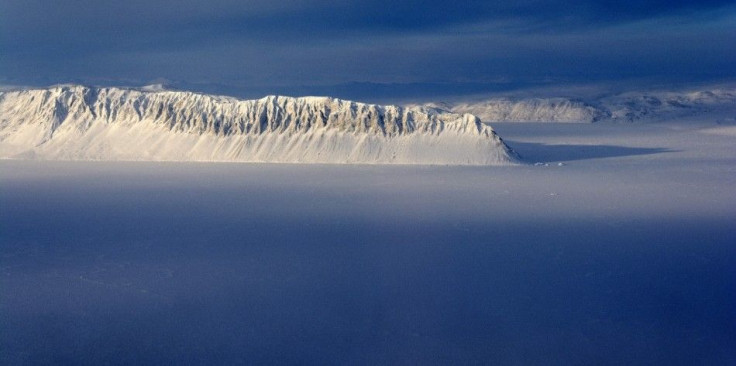Russia is Creating Underwater Combat Robots to Protect its Arctic Territories

Russia has been reported to be creating underwater combat robots that are geared to protect its oilrigs and transportation networks as it expands its hold over in the Arctic region.
Vitaly Davydov, deputy general director of the Russian Foundation for Advanced Research Projects, and chairman of the foundation's Scientific and Technological Board, told Interfax-AVN the underwater gadgets will be designed as capable of protecting Russian infrastructure as well as controlling the waters around the region. It will also be equipped for detecting, tracking and, "if necessary, destroying a potential enemy." He added the machinery will be deployed on the sea bottom and aboard specialised submersibles.
Davydov said it was necessary for the country to develop the robots because of the number of rival countries contesting for the region's abundant mineral resources, including hydrocarbons. The robots are needed to ensure the stability and security of Russia's operations in the Arctic, including discovery, production and transportation of resources, sub-glacial operations and infrastructural security.
In December, Russian President Vladimir Putin vowed he will never "surrender" their part of the Arctic area, further instructing the Defense Ministry to take every step necessary to protect Russia's security and national interests in the region. Earlier this week, Russia announced that it will deploy military units along the entire Arctic border from Murmansk to Chukotka within 2014.
On Tuesday, Russian has started operating the radar installation with prefabricated modules on Wrangel Island, located more than 300 miles northwest of Point Hope, off the northeast coast of Russia, according to ITAR-TASS. Its construction began earlier this fall.
Russia's establishment of new military bases and facilities, according to Col Eduard Rodyukov, a member of the Academy of Military Sciences, was a forced measure. "Large deposits of hydrocarbons and other minerals have been discovered in disputed territories in the Arctic. The Russian Federation must protect its interests there, and it does protect them," Russian newspaper Rossiyskaya Gazeta quoted Rodyukov.
Rossiyskaya Gazeta, still citing Rodyukov, said the presence of the military radar stations near its border with the United States should not be taken as an aggression towards the other country or towards other nations competing for the region. "It is a deterrent factor that helps our country to meet its geopolitical and economic objectives with the aid of military force."
According to the Guardian, the Arctic has oil and gas reserves estimated to be 17 per cent and 30 per cent, respectively, of the world's total resources.





















